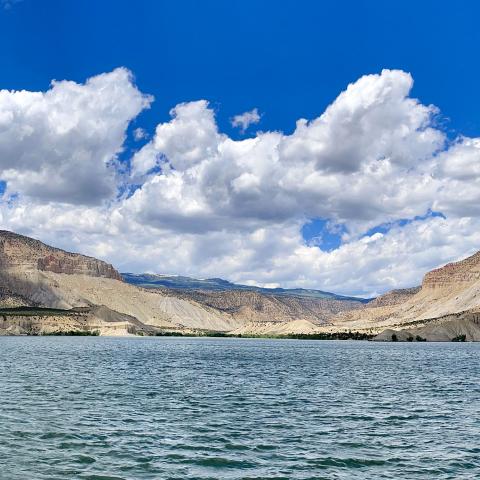
Success Story

Watersheds impact everyone; every community, farm, ranch, and forest. They provide a vital resource for all living things to survive and thrive. All watersheds are interconnected, creating a land-water system that conveys water to its final destination such as a river, lake, wetland, or estuary.
NRCS Watershed Programs provides technical and financial assistance to local government agencies, tribal organizations and other eligible sponsors, to help communities implement conservation practices that address watershed resource concerns. Each program, has a specific area-of-focus as defined below.
Since its enactment in 1948, NRCS Watershed Programs has designed and built 11,850 dams, constructed water storage structures, designed flood management systems, stabilized stream banks, relocated properties, redirected stream flows (when necessary), re-established wildlife habitat, and more, to save lives and protect our watersheds.
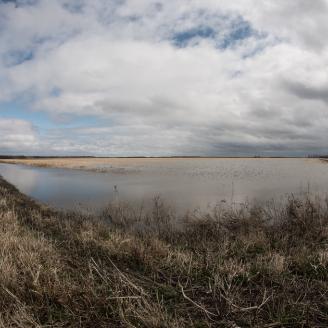
The Emergency Watershed Protection (EWP) Program, a federal emergency recovery program, helps local communities recover after a natural disaster strikes.
The Emergency Watershed Protection (EWP) Program is focused on reduction of hazards to life and property caused by sudden natural disasters and can involve technical and/or financial assistance. Threats that the EWP addresses are called watershed impairments. These include, but are not limited to:
Project funds address erosion and flooding related watershed impairments by supporting activities such as removing debris from stream channels, reshaping and protecting eroded banks, and reseeding damaged areas.
Learn more about the EWP program by visiting the national program page or reviewing the Utah NRCS EWP factsheet.
Sponsors may submit their request by contacting NRCS Utah's Water Resources team.
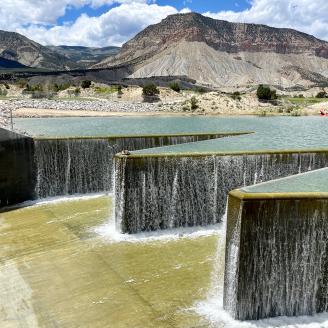
The Watershed Rehabilitation Program (REHAB) helps project sponsors rehabilitate aging dams that are reaching the end of their design life and/or no longer meet federal or state safety criteria or performance standards. Since 1948, NRCS has assisted local sponsors in constructing over 11,850 dams.
The Watershed REHAB program provides assistance to local project sponsors to:
These rehabilitation efforts, authorized by Public Law 83-566 and 78-534, address critical public health and safety concerns should a dam failure occur.
Watershed project sponsors represent interests of the local community in federally assisted watershed projects. Sponsors submit a request for financial assistance to NRCS. When funding is allocated, the sponsor and NRCS enter into an agreement that defines the roles and responsibilities of each party to complete the rehabilitation project.
Visit the national program page for more information or contact the NRCS Utah Water Resources Team directly.
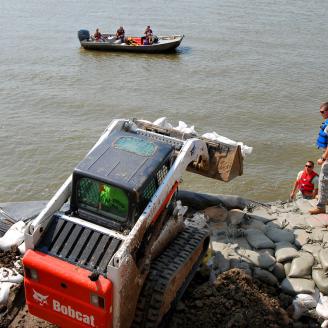
The Watershed Protection and Flood Prevention (WFPO) Program helps states, local governments and Tribal organizations protect and restore watersheds.
The WFPO program provides technical and financial assistance to states, local governments and Tribal organizations to help plan and implement authorized watershed projects for the purpose of:
Watershed conservation projects are planned and carried out jointly by local, state, and federal agencies with the support of community landowners and citizens in the watershed. Communities identify resource problems to be addressed, practices to be installed, and carry out major portions of a watershed plan, such as obtaining easements, rights of ways, permits and local cost-share funding. All Watershed Program projects must have a local sponsor that can act as the fiscal agent, provide project management and oversight throughout the different phases of construction, implementation, and project lifespan.
Explore an interactive map to find current project information.
View a list of current WFPO projects in Utah.
Visit the national program page for more information or contact the NRCS Utah Water Resources Team directly.
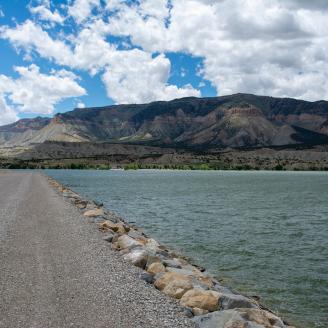
Eligible project sponsors initiate a request for assistance thru the NRCS Utah State Office to develop a PIFR, which helps communities consider sustainable solutions to address watershed resource concerns.
The purpose of the Preliminary Investigation Findings Report (PIFR) is to provide reasonable assurance that a feasible plan can be developed that addresses resource concerns in a watershed under one or more Public Law 83-566 authorized purpose, and that there are no apparent insurmountable obstacles. The PIFR is the justification document for the State Conservationist (STC) to request Watershed and Flood Prevention Operations (WFPO) funding.
Once authorized, project sponsors gain access to NRCS's financial and technical resources to help implement their plan. An approved watershed plan must be in place prior to initiation of any corrective land treatment or structural solutions. Project sponsors then help landowners carry out the authorized watershed conservation measures.
Upcoming Deadlines:
Due to funding constraints, NRCS Utah will not be accepting PIFR applications in 2025. Please check this page in early 2026 for updates.
Learn more about the PIFR process.
Contact Anders Fillerup, Assistance State Conservationist - Water Resources for more information at anders.fillerup@usda.gov.
View current WFPO projects in Utah.
Updated: February 2025
Contact your local service center to start your application.